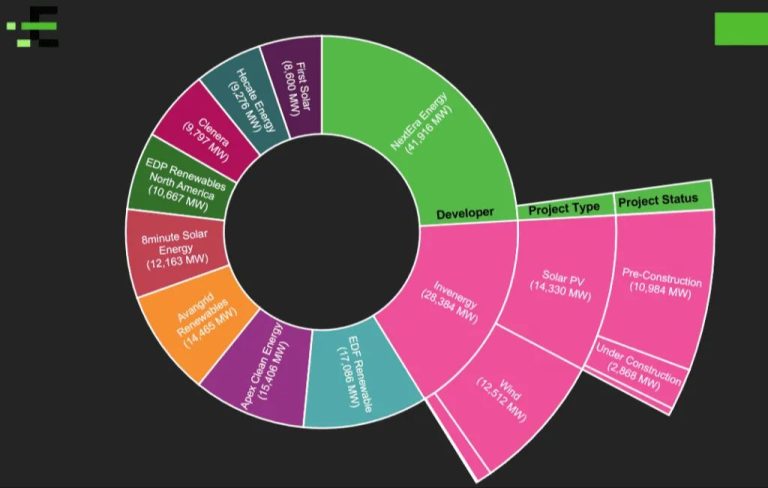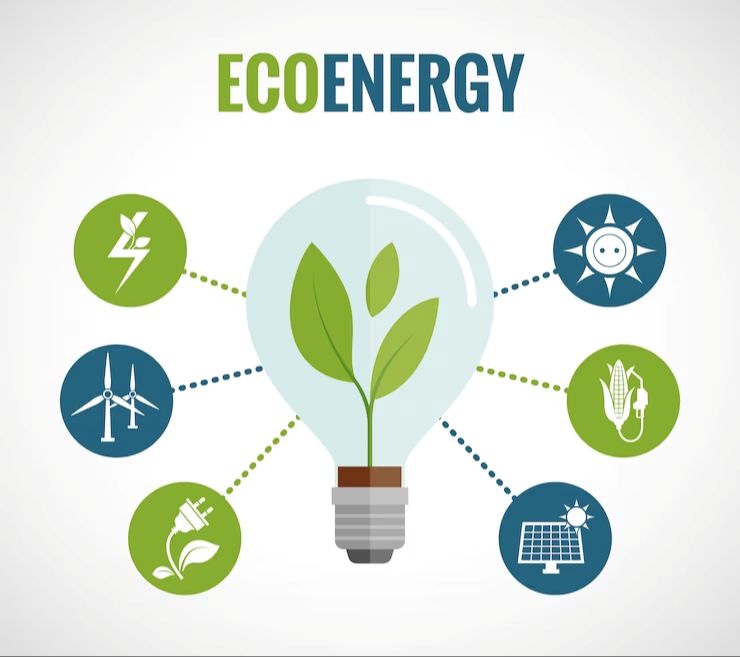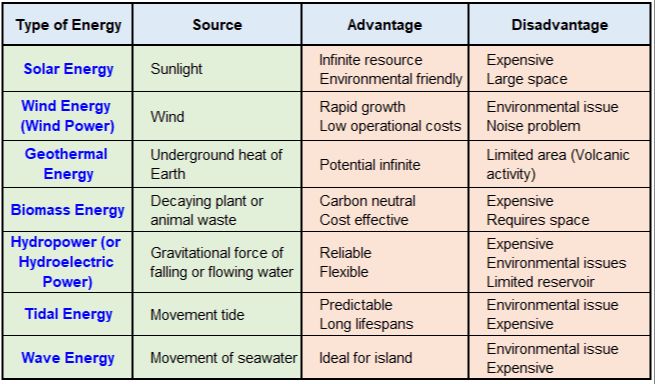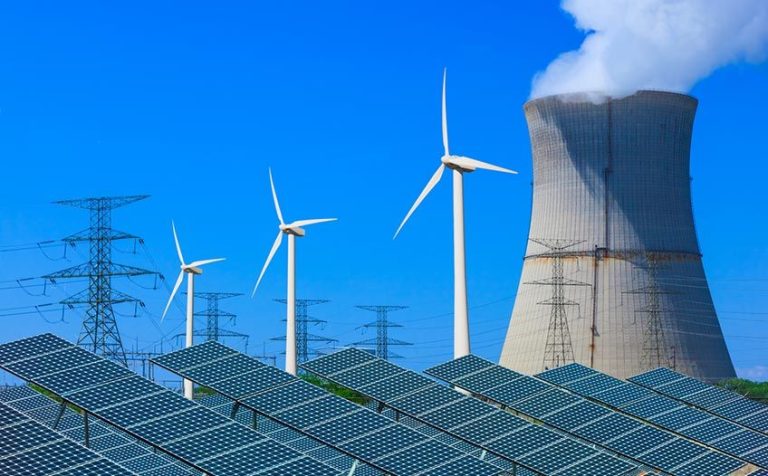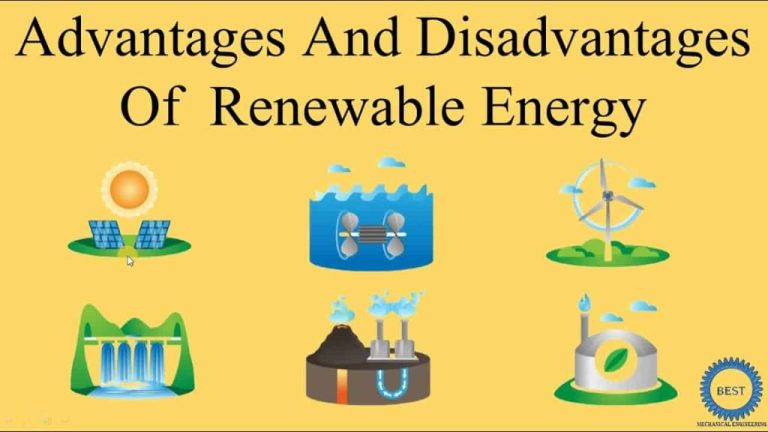Can I Generate Electricity At Home?
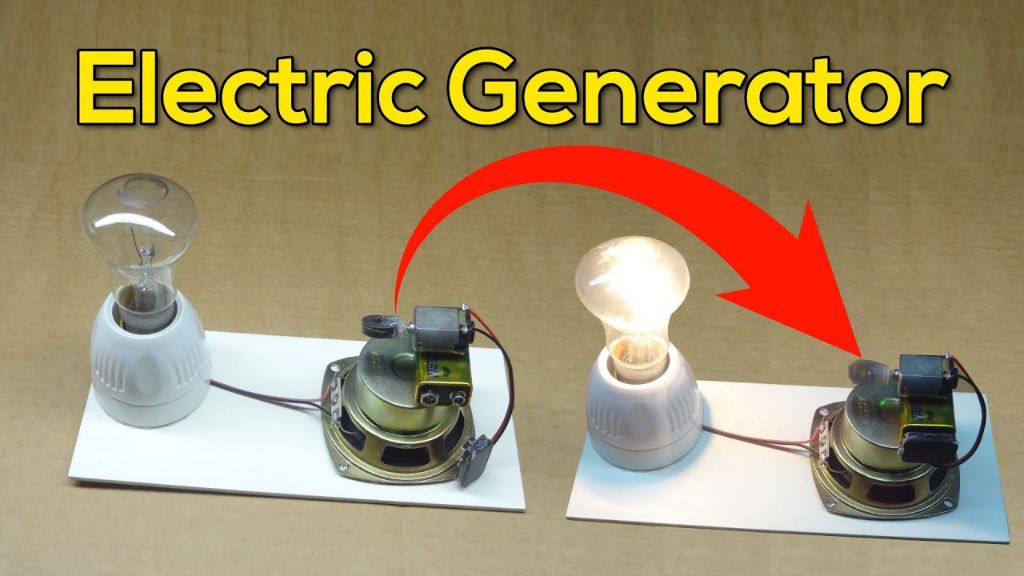
Generating electricity at home has become an increasingly popular option for many homeowners. There are several reasons why someone may want to produce their own electricity:
Cost savings – Electricity prices continue to rise, so generating your own power can help reduce monthly electricity bills. This is especially true if you generate surplus electricity that you can sell back to the grid.
Increased self-sufficiency – Producing your own electricity allows you to become less reliant on the electric grid and avoid potential power outages.
Reduced environmental impact – Using renewable energy sources like solar or wind power to generate electricity can help lower your carbon footprint.
This article will provide an overview of the main options available for generating electricity at home, key factors to consider, and guidance on getting set up.
Solar Power
Solar panels are one of the most popular ways to generate electricity at home. Solar panels convert sunlight into electricity through the photovoltaic effect. The average cost to install solar panels on a home is around $18,000-$36,000, depending on system size, roof type, and location. Key factors that impact solar panel system costs include the number of panels, panel wattage, and the presence of solar incentives or rebates. Installation costs also vary based on roof type and accessibility.
Solar panels can generate a significant portion of a home’s electricity needs. The amount of solar energy produced depends on panel efficiency, orientation, shading, and local weather patterns. On average, solar panels have a lifespan of 25-30 years. Most solar panel manufacturers offer 20-25 year power production warranties as well. With an average payback period of 6-7 years, solar panels can provide decades of free electricity after recouping their initial investment.
When considering solar panels, it’s important to evaluate your specific energy needs, roof layout, and regional solar incentives. Consulting with solar installers to obtain quotes and assess home solar potential is highly recommended. With federal and local incentives, technological improvements, and falling prices, solar panels are an increasingly affordable electricity source for many homeowners.
Wind Turbines
Small wind turbines can be installed on homes to generate renewable electricity. According to the Department of Energy, small wind turbines used for residential applications typically range in size from 400 watts to 20 kilowatts (https://www.energy.gov/energysaver/installing-and-maintaining-small-wind-electric-system). The size chosen depends on the amount of electricity usage and wind resource available.
Most small wind turbines for homes are mounted on towers 20-100 feet tall in order to capture stronger wind speeds at increased heights. Proper permitting is required for wind turbine installations, which involves researching local zoning laws and building codes (https://windexchange.energy.gov/small-wind-guidebook).
Costs for small wind turbines can range from $3,000 to $35,000 installed, depending on size and height. Energy efficiency is an important consideration, as the turbine size must be properly matched to the available wind resource and energy usage. With optimal conditions, small wind turbines can offset 20-90% of electricity usage.
Microhydro Power
Microhydro power systems harness the energy from flowing water, such as streams or waterfalls, to generate electricity. They work by directing water flow through a turbine that spins a generator to produce power. Microhydro systems are a type of hydropower but on a smaller, residential scale rather than large dams.
The typical cost for a microhydro system ranges from $2,000 to $20,000 depending on the size and components. A 1 kW system can power a small home. According to Micro-Hydro-Power.com, a 1 kW microhydro turbine can cost $3,000 to $10,000 or more. Permits are often required to divert water flow and modify streams when installing microhydro. Most areas require an application with drawings, technical details, and environmental impact assessments.
Microhydro systems contain an intake valve to redirect water, piping that funnels water downstream, a turbine generator unit, and electronics to connect to the home. Installation involves civil works like intake construction, pipeline creation, and powerhouse building. The systems can be DIY but usually professional installation is recommended. Regular maintenance like inspecting for debris buildup and erosion is required. Overall microhydro can provide sustainable electricity but requires sufficient hydro resource and upfront investment.
Geothermal Power
Geothermal power utilizes the constant temperature underground to provide heating and cooling for homes. Residential geothermal systems use a ground loop that runs underground to transfer heat between the earth and the home. Water or antifreeze fluid circulates through pipes in the ground loop to either collect heat from the earth in winter or dissipate heat into the earth in summer.
The upfront cost of installing a geothermal system is significant compared to conventional HVAC systems. According to Forbes, expect to pay between $8,000 and $24,000 for installation of a standard residential geothermal system. This covers drilling the ground loop, the heat pump unit, and ductwork. Costs depend on system size, loop type, soil conditions, and labor. Tax credits, rebates, and financing can help offset installation costs.
Once installed, geothermal systems have very low operating costs compared to conventional systems. They use much less electricity, with typical savings of 30-60% on heating and cooling. Maintenance costs are also minimal since the systems have few moving parts underground. Over the lifetime of the system, geothermal can save homeowners thousands in energy costs.
Fuel Cells
Fuel cells generate electricity through an electrochemical reaction, not combustion. They convert the chemical energy from a fuel into electricity through a chemical reaction with oxygen or another oxidizing agent (Home fuel cell). A fuel cell consists of an electrolyte membrane sandwiched between two electrodes, the anode and cathode. At the anode, the fuel (typically hydrogen) is oxidized, producing protons and electrons. The protons pass through the electrolyte membrane while the electrons are forced through a circuit, generating an electric current. At the cathode, the protons, electrons, and oxygen combine to produce water as the only waste product (Residential/Commercial).
For residential applications, fuel cells typically use natural gas or propane as the source of hydrogen. The fuel is reformed to extract the hydrogen, which is then fed into the fuel cell. Options are available in sizes from 1 kW to 10 kW, capable of powering an entire house. Initial costs for home fuel cell systems range from $10,000-$35,000 installed. Operating costs are lower than conventional energy sources because of the high efficiency (60-85%). Fuel cells can provide reliable backup power during grid outages and don’t require external recharging (Home Fuel Cells: What Are They?).
Pedal Power
One interesting option for generating electricity at home is using a pedal-powered or stationary exercise bike. These human-powered generators allow you to produce electricity just by working out.
Companies like Eco-Pow’r and Re:Gen make electric generating stationary bikes. The user pedals, which spins an internal generator to produce electricity that can be used to power appliances or charge batteries.
Most pedal generators output between 100-500 watts, enough for small electronics or LED lights. With enough pedal power or by combining multiple bikes, some claim you could generate a substantial portion of a home’s electricity needs.
The main advantages of pedal power are its renewability and eco-friendliness. It also allows for getting exercise while producing useful energy. Downsides are it requires significant manual labor and may not fully power larger appliances.
Pedal power likely works best for supplemental or backup electricity generation, not completely replacing your home’s main power source. But it provides an eco-friendly option to reduce grid dependence.
Evaluating Options
When evaluating the different options for generating electricity at home, there are several key factors to consider including cost, efficiency, feasibility, and environmental impact. according to https://santannaenergyservices.com/alternative-renewable-home-energy/ and https://www.intermtnwindandsolar.com/comparing-different-types-of-renewable-energy-for-your-home/.
In terms of upfront costs, solar panels and small wind turbines are relatively affordable, while geothermal systems require digging which can be expensive. However, solar and wind power are intermittent and require storage, adding to long-term costs. Geothermal systems have higher upfront costs but provide consistent baseload power.
For efficiency, geothermal heat pumps can provide 3-4 times more energy than they consume. Solar panels are typically 15-20% efficient. Small wind turbines vary greatly in efficiency based on design and wind speeds.
Feasibility depends on your home location and access to resources. Solar power is feasible in sunny areas with south-facing roof space. Wind power requires consistent wind and towers to elevate turbines. Geothermal depends on land area for digging and subsurface heat.
In terms of environmental impact, solar, wind, and geothermal systems generate clean, renewable energy with minimal carbon emissions. However, geothermal systems use some electricity for pumping.
Overall, for a reliable home electricity system, geothermal heat pumps are recommended if feasible, supplemented by solar panels in sunny climates. Wind turbines can provide additional generation where sufficient wind resources exist. An integrated system with multiple generation sources helps overcome intermittency and provides greater energy security.
Selling Electricity
If your home generates more electricity than you use, most states allow you to sell the excess back to the utility company through a process called net metering. This allows your electric meter to spin backwards when your system produces more electricity than you consume at a given moment. At the end of the billing cycle, you are billed only for your net energy use (what you consumed minus what you produced) [1].
Net metering policies and rates vary by state. In some areas, the utility company will purchase your excess electricity at the retail rate – the same price you pay for electricity from the grid. This can provide substantial savings on your energy bill. Other utilities may pay a lower wholesale rate or provide bill credits instead of direct payments [2].
Selling electricity back to the grid can make home renewable energy systems more affordable. The revenue earned from net metering helps offset the cost of installation over time. It also minimizes wasted electricity from your system. Any excess generation is put to use rather than being forfeited. Overall, net metering provides renewable energy system owners with fair compensation for their contribution of clean power to the grid.
Conclusion
In this article, we explored the various options available for generating electricity at home. The most viable renewable energy solutions for residential use are small-scale solar PV systems, small wind turbines, microhydro power if you have access to flowing water, and geothermal heat pumps in some locations.
Solar PV systems are a great option for most homeowners to reduce their electricity bills with a reasonable return on investment. Wind turbines can also be feasible if you have enough wind resources, enough space, and meet local zoning requirements. Microhydro systems make sense for homes with a stream or river on their property. Geothermal heat pumps are worthwhile for new construction in suitable locations.
While options like fuel cells, pedal power, and selling electricity back to the grid are possibilities, they are not cost-effective for most residential applications. Carefully evaluate your options based on your site-specific conditions, energy needs and goals, and consult local experts to determine the best clean energy solutions for your home.

